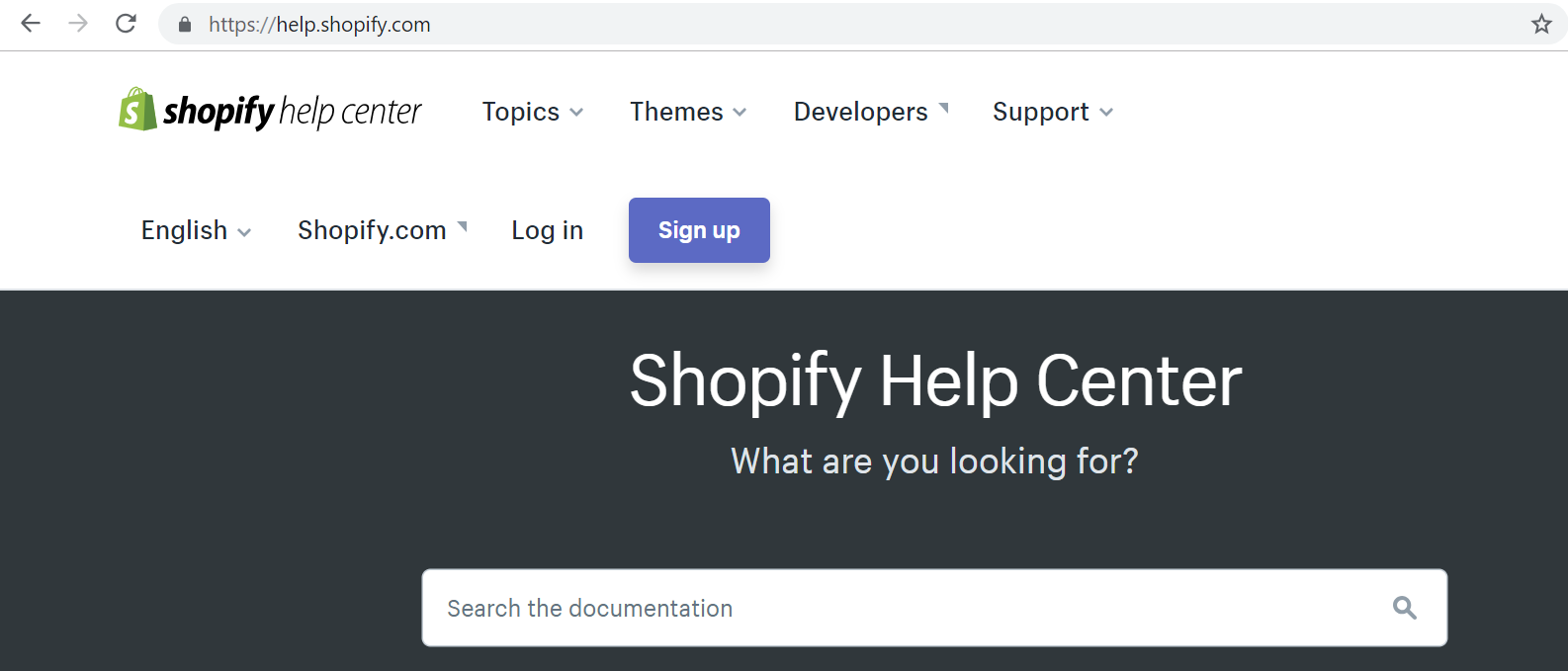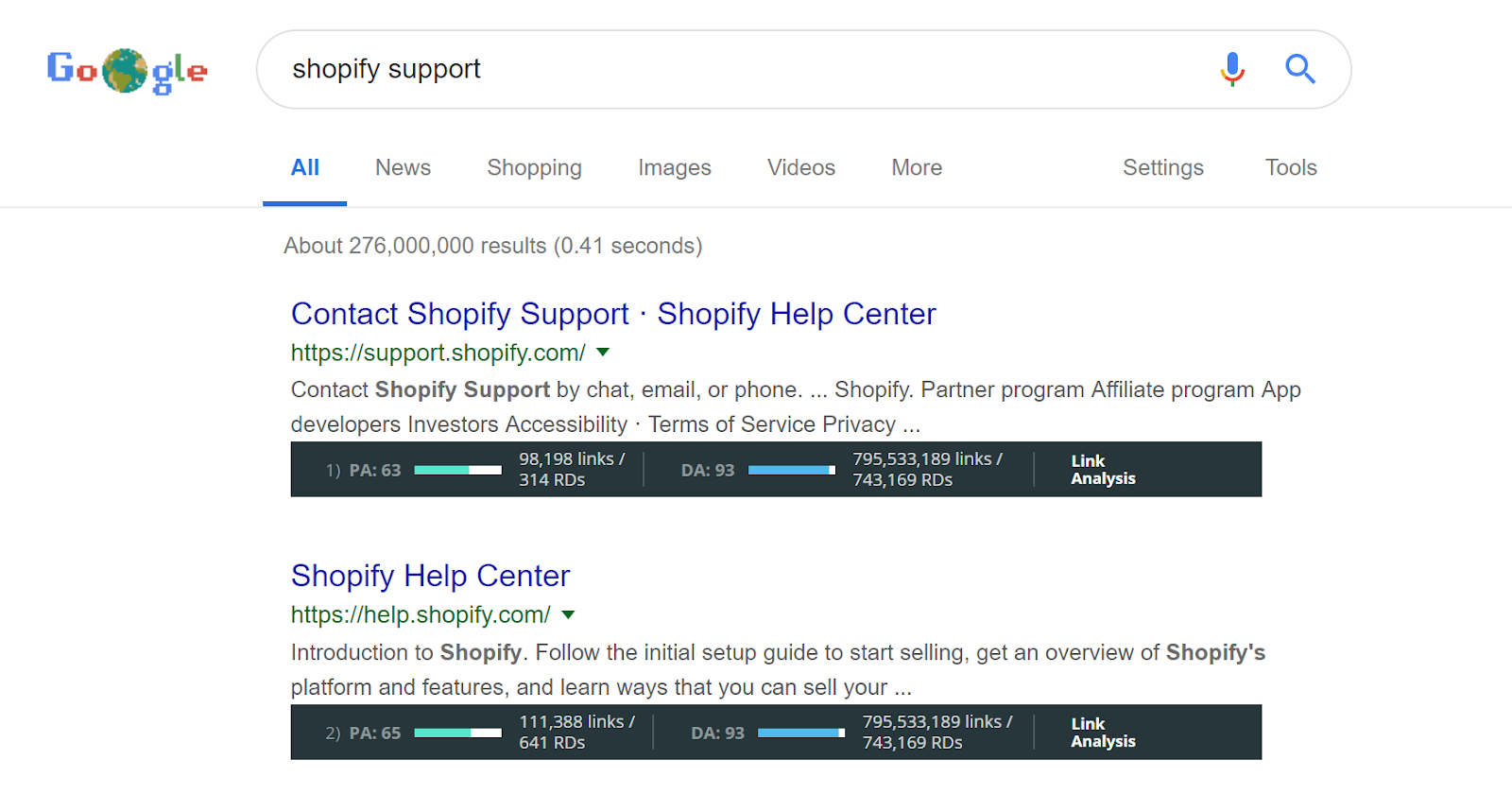The great debate: How does using a subdomain impact SEO performance?
The debate over subdomains and their impact on SEO performance continues to dominate the internet. Whilst supporters of subdomains point to their numerous SEO benefits, skeptics are very critical, instead highlighting the damaging effects they can have on SEO efforts. Join us as we walk through both sides of the debate to help you decide whether or not a subdomain is right for your website.
Written By
Hannah Smiddy

There’s a war raging in the SEO blogosphere.
In one corner, ‘subdomain skeptics’ who warn against the use of subdomains (example.domain.com) for their negative influence on SEO performance. These people advocate the use of subdirectories (domain.com/example) instead.
And in the other corner, ‘subdomain supporters’ who claim that subdomains can actually have a positive impact on SEO. They argue that subdomains and subdirectories can perform equally well.
A simple internet search on the topic pulls up swathes of contrasting material, with some very strong opinions presented on both sides of the debate. All of these competing arguments can be pretty daunting to get your head around.
Fear not though, for Swanky are here to help! We’ve delved into the debate headfirst to round-up the key things you need to know.
Here, we’re exploring the key differences between subdomains and subdirectories, and looking at why companies choose to use these structures. We’ll take a look at both sides of the subdomain debate to help you decide whether or not a subdomain is right for your website. How exactly does a subdomain impact SEO performance?
In this article
- What is a subdomain?
- Why use a subdomain?
- What is a subdirectory?
- Subdomain vs. subdirectory: impact on SEO
- What does Google say?
- Moz’s take on the debate
- What can we conclude?
Before we dive into the debate, let’s start with some definitions:
What is a subdomain?
Essentially, a subdomain is a child domain of a larger parent domain. Subdomains are created to organise and navigate to different sections of a website that may be extensive in content or different thematically. You can create multiple subdomains under your main domain. These are treated as separate entities but are linked together under the same site.
Subdomain structure
Let’s take the following example, where the subdomain is indicated to the left of the root URL:

Looking at the URLs below, Shopify and Apple are both using subdomains to house their extensive support materials:


Why use a subdomain?
A subdomain enables you to divide your web content into more manageable sections. You can separate extensive portions of your site that warrant their own dedicated hierarchy or are completely different in scope.
Let’s take a look at some of their most popular uses:
#1 To create distinct websites for different international markets
Subdomains can be used to create distinct web pages geared towards certain countries and regions. This is great if you’re operating in international markets and the content and language of your site needs to be customised for each country. Users can browse in their native language, which provides a much better user experience. This can be a cheaper approach than having one multilingual site, too.
A nice example is this Australian ecommerce store, Koala, who are using au.koala.com for their Australian audience and jp.koala.com for their Japanese audience:


#2 To create a separate blog or ecommerce store
If you have a particularly large blog full of content or are keen to introduce a different design, then the flexibility of a subdomain can be useful.
Similarly, you might want to move your ecommerce store to a subdomain. Maybe the goal of your main site isn’t to make sales and you have lots of store traffic slowing down the rest of your pages. In this case, switching to a subdomain will help provide a smoother experience for users visiting your main site, whilst making your ecommerce store more accessible and easily identifiable.
For a real-life example, check out Battersea Dogs & Cats Home, who have done exactly this. Their Shopify store is housed in a subdomain (shop.battersea.org.uk):

#3 To create a separate mobile site
A subdomain can also be used to provide a more mobile-friendly experience for your site visitors. You can create a subdomain that caters better to mobile, and this version will be served by Google to mobile visitors because it offers the best user experience.
For example, your desktop visitors will be served ‘example.com’, whilst mobile visitors see ‘mobile.example.com’ (which is hosted on a responsive, mobile-friendly subdomain).
This is increasingly important in today’s mobile world, where smartphones are fast becoming the go-to device for searches.
What is a subdirectory?
It’s worth explaining here what the alternative to using a subdomain is. Some people choose to set up a subdirectory (sometimes referred to as a subfolder) instead. A subdirectory is the part of the URL that houses a specific subset of content.
Subdirectory structure
Individual directories are located to the right of the domain, like this:

In this example, ‘blog’ is the subdirectory. Think of the blog as a folder within the website, which acts as the filing cabinet.
Swanky’s ‘Win in Ecommerce’ blog (swankyagency.com/blog) is set up as a subdirectory, as is Shopify’s blog (shopify.co.uk/blog):


Generally, subdirectories are considered the easier site structure to set up. Another advantage is that they feed the authority of your main domain – more on this later.
Subdomains vs. subdirectories: impact on SEO
As you can see, both subdomains and subdirectories have their uses, depending on the needs of your business and users.
You may be wondering how subdomains and subdirectories affect your SEO performance. Which structure is better for your organic rankings? This is the magic question … and the subject of hotly contested debate. Let’s take a look at both sides of the argument.
#SubdomainSupporters
First off, we have the ‘Subdomain Supporters’, who argue that subdomains can have a positive impact on SEO. People in this camp suggest that subdomains and subdirectories can perform equally well – the structure you opt for all depends on your unique needs and aims.
What SEO advantages do they see for using subdomains?
Include keywords in URL
Sometimes it doesn’t make sense to try and shoehorn particular keywords into your website’s main URL. However, a subdomain URL represents an opportunity to use some of these hard-to-rank-for keywords.
Improve user experience
Using a subdomain enables you to streamline your site hierarchy and improve user navigation. This helps users to find the information they’re looking for more efficiently, which is important for improving your SEO performance.
Grow niche authority
A subdomain is also great for ranking and building authority in small, niche markets. Could this be an effective SEO tactic for your business?
#SubdomainSkeptics
Despite the advantages that come with using a subdomain, there are arguments to suggest that they are unhealthy for a site’s SEO performance. People on this side of the debate point to the benefits of using subdirectories instead:
Subdomains don’t contribute to the authority of your main site
Essentially, those in ‘Team Subdirectory’ argue that you are limiting the full potential of your SEO efforts by utilising subdomains. If this is actually correct, however, is the biggest part of the debate. More on this later.
The main argument on this side of the debate is about how Google’s algorithms will recognise subdomains as separate entities, and therefore rank them individually. This means that your overall website won’t benefit from any positive SEO work that your subdomain would otherwise provide if it were a subdirectory instead. For instance, the ‘inbound links’ that your subdomain attracts won’t contribute any value to your main domain.
With a subdirectory structure though, your main domain benefits from any authority that your subdirectories acquire. The keywords of a subdirectory are ‘owned’ by your main domain, meaning they’re attached to your main URL. This helps build credibility, which is important for SEO performance.
Competing against yourself
Some SEO pros highlight the phenomenon of ‘subdomain cannibalisation’ to back up their warnings against using subdomains. “Cannibalisation? Pages eating other pages? What is going on?”, we hear you cry.
Well, this occurs when your main domain and subdomain are optimised for the same search term (keyword) and end up competing against each other. As you probably guessed from the name, your site ends up ‘eating’ itself.
This can be very confusing for search engines. It creates a conflict of interest and can render your subdomain damaging to your main site.
On a positive note, here you have an example of two of Shopify’s subdomains both being featured on Google’s first page for a relevant keyword. This might look like cannibalism, but having your domain ranking for two spots on the first page of Google isn’t all bad!

Subdomains can make tracking tricker
If you use a platform such as Google Analytics to track your site’s performance, the use of subdirectories means that your tracking metrics are consolidated for the entire site.
If you’ve got subdomains set up though, you have to verify your subdomains separately and track overall performance per subdomain.
What does Google say?
In 2016, previous warnings of organic search cannibalisation were called into question after a Hangout session with Google Webmasters Trends Analyst, John Mueller. He addressed the debate head-on and provided some hope for the subdomain users out there.
Mueller concluded that subdomains generally don’t hurt site rankings. He argued that Google’s algorithms are good at crawling subdomains and subdirectories equally well and making sense of what you are trying to do. The search engine is smart enough to see your main domain and subdomain as being tied to the same website and is, therefore, able to allocate keywords to the root URL.
Was this the end of the debate? Had Google’s statement finally satisfied the SEO community’s search for an all-important final answer? Unfortunately, not.
Mueller’s comments caused an SEO storm.
SEO experts from far and wide waded in on the debate, hitting back at Google’s highly generalised statements on the topic. In one of many heated Twitter threads, Googler Danny Sullivan backed up Mueller’s initial statement though. He maintained that the best SEO option will be different for each individual case:
“What’s better for SEO is generally doing what’s best for your users and yourself. Sometimes that might be subdomains. Often subfolders make sense.”
Moz’s take on the debate
Not satisfied by Google’s claims, SEO experts at Moz went on to illustrate the SEO-related risks of using subdomains with a number of case studies. These examples suggested that, contrary to Google’s claims, keywords accrued by subdomains aren’t in fact allocated to the root domain, which can have damaging effects on previous SEO efforts.
As a result, Moz still urge people to place their content in subdirectories rather than subdomains in order to maximise their SEO performance.
What can we conclude?
And so, the debate rages on. Like many aspects of SEO, there’s no clear cut answer when it comes to subdomains and their impact on SEO.
Whilst Google’s official stance is that both subdomains and subdirectories can rank equally, there’s still a large portion of the SEO community, including key players like Moz, who argue that subdirectories are the better choice for your SEO performance and that subdomains should only be used in special circumstances.
Ultimately, do what works best for your business, website and users. Take things on a case-by-case basis and assess whether the benefits of subdomains will outweigh any potential cons. For some businesses, it doesn’t make sense to choose a subdomain over a subfolder. However, for others, subdomains can provide real tangible benefits.
Want help with your SEO? Contact Swanky’s team of SEO experts to create a plan for maximising your digital presence on search engines like Google and Bing.

